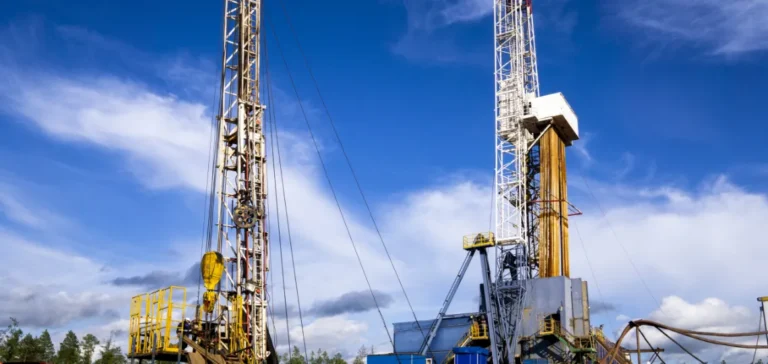Indonesia Energy Corporation, a company specialised in hydrocarbon exploration and production in Indonesia, has confirmed the launch of two new drilling operations on its Kruh oil block by the end of 2025. These operations are part of a broader plan to drill a total of 18 wells on this 63,000-acre block, located on the island of Sumatra.
Structural investments and government authorisations
The consecutive drilling strategy announced by Indonesia Energy Corporation is based on the results of seismic studies conducted between 2024 and early 2025. These studies made it possible to accurately map drilling locations and optimise production potential. The two wells to be drilled, named “Kruh-29” and “West Kruh-5”, will use a 750-horsepower drilling rig, which is currently undergoing final technical inspection.
The Kruh-29 well, whose surface site and subsurface geology have been approved by Indonesian authorities SKK Migas (Satuan Kerja Khusus Pelaksana Kegiatan Usaha Hulu Minyak dan Gas Bumi) and Pertamina, will reach a total depth of 3,400 feet. Logistical preparations and land acquisition for this first well have been completed, while tender documents for West Kruh-5 service providers, planned at 5,200 feet, are currently being prepared.
Objective: increasing reserves and production at Kruh
Production from the Kruh-29 well is expected by year-end, followed shortly after by the West Kruh-5 well. This represents the company’s first new drilling activity in the western section of the Kruh block. The 3D seismic work conducted in recent months has already allowed Indonesia Energy Corporation to announce a 60% increase in proven reserves on the Kruh block, according to the latest annual report published in April.
Company officials stated that the finalisation of government permits and the mobilisation of service providers are on track to enable work to proceed within the announced schedule. The stated goal is to capitalise on the new seismic mapping to maximise site production and strengthen the value of the asset portfolio.
Progressive deployment of the Kruh development plan
The drilling plan for the Kruh block includes eighteen wells, with the next two forming the first major operational phase since the confirmation of a significant increase in reserves. The West Kruh-5 well also marks an extension of drilling activity into a new area of the block, expanding the company’s operational presence in this region of Indonesia.
The management of Indonesia Energy Corporation has indicated that if the results of these two wells meet expectations, a significant increase in reserves is anticipated. This development comes as the company continues its investment strategy to maximise the profitability of the Kruh block and support the growth of its operations.






















